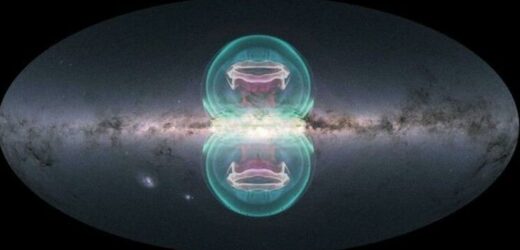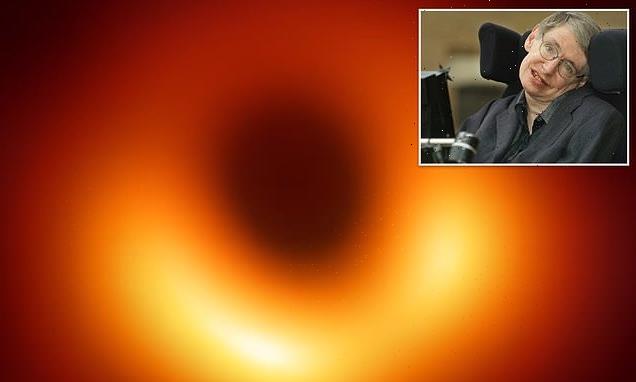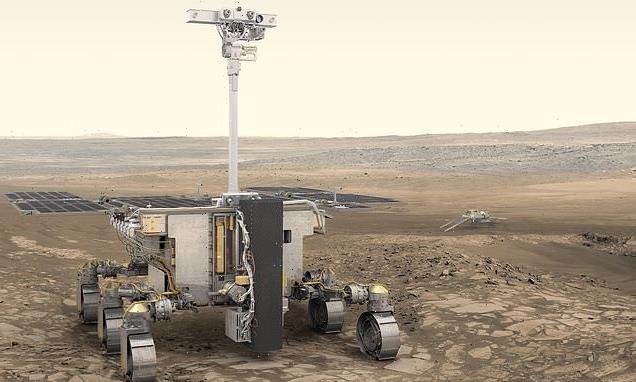European Space Agency: Giant solar eruption seen by Solar Orbiter
We use your sign-up to provide content in ways you’ve consented to and to improve our understanding of you. This may include adverts from us and 3rd parties based on our understanding. You can unsubscribe at any time. More info
Since they were first discovered in 2020, astronomers have been puzzled by the origin of two gargantuan bubbles that extend far above and below the centre of the Milky Way. Now, researchers from the University of Michigan believe that these bubbles were created as a result of a powerful jet of activity from the supermassive black hole at the centre of our galaxy.
This jet began spewing out materials about 2.6 million years ago, and lasted about 100,000 years.
The astronomers believe that Fermi bubbles, first discovered in 2010, were formed by the same jet of energy from the supermassive black hole.
U-M astronomer Mateusz Ruszkowski, a co-author of the study said: “Our findings are important in the sense that we need to understand how black holes interact with the galaxies that they are inside because this interaction allows these black holes to grow in a controlled fashion as opposed to grow uncontrollably.
“If you believe in the model of these Fermi or eRosita bubbles as being driven by supermassive black holes, you can start answering these profound questions.”


According to the researchers, there are two competing models that explain these bubbles, called Fermi and eRosita bubbles after the telescopes that named them.
The first model suggests that the outflow is driven by a nuclear starburst, which is a phenomenon where a star explodes in a supernova and expels material.
The second model, which the team’s research support, suggests that the bubbles were formed by energy thrown out from a supermassive black hole at the centre of our galaxy.
These outflows from black holes occur when material travels toward the black hole, but never crosses the black hole’s event horizon, or the mathematical surface below which nothing can escape.

Because some of this material is thrown back into space, black holes don’t grow uncontrollably.
But the energy thrown from the black hole does displace material near the black hole, creating these large bubbles.
The structures themselves are 11 kiloparsecs tall, which is equivalent to 36,000 light-years tall.
For comparison, the Milky Way galaxy is 30 kiloparsecs in diameter, and our solar system resides about eight kiloparsecs from the centre of the galaxy.
DON’T MISS:
UK to avoid Putin’s EU energy wrath as huge new gas field found [REVEAL]
EU civil war: France and Spain lock horns over new pipeline [INSIGHT]
Putin blinks first: Bumper gas supplies sent to EU [SPOTLIGHT]


The eRosita bubbles are about two times the size of the Fermi bubbles and are expanded by the wave of energy, or a shockwave, pushed out by the Fermi bubbles, according to the researchers.
Mr Ruszkowski continued: “We not only can rule out the starburst model, but we can also fine-tune the parameters that are needed to produce the same images, or something very similar to what’s in the sky, within that supermassive black hole model.
“We can better constrain certain things, such as how much energy was pumped in, what’s inside these bubbles and how long was the energy injected in order to produce these bubbles.”
Source: Read Full Article


